The Complete Guide to Hydrophilic Non Woven Fabric
Hydrophilic non-woven fabric is a versatile material with numerous applications across various industries. Here's a complete guide to understanding its properties, uses, manufacturing process, and key considerations:
What is Hydrophilic Non-Woven Fabric? Hydrophilic non-woven fabric is a type of non-woven material that possesses the ability to absorb and retain water. Unlike hydrophobic materials, which repel water, hydrophilic fabrics attract and hold moisture, making them ideal for applications where fluid absorption is desirable.
Properties of Hydrophilic Non-Woven Fabric:
Water Absorption: Hydrophilic non-woven fabric has a high affinity for water, allowing it to quickly absorb and retain moisture.
Softness: It is often soft and gentle on the skin, making it suitable for use in products intended for personal care and medical applications.
Breathability: Despite its ability to absorb water, hydrophilic non-woven fabric can remain breathable, allowing air and moisture vapor to pass through.
Durable: Depending on the manufacturing process and material composition, hydrophilic non-woven fabric can be engineered to be durable and resistant to tearing or fraying.
Biocompatibility: Some hydrophilic materials are biocompatible, meaning they are safe for use in contact with living tissues and can be used in medical applications without causing adverse reactions.
Uses and Applications: Hydrophilic non-woven fabric finds applications in a wide range of industries and products, including:
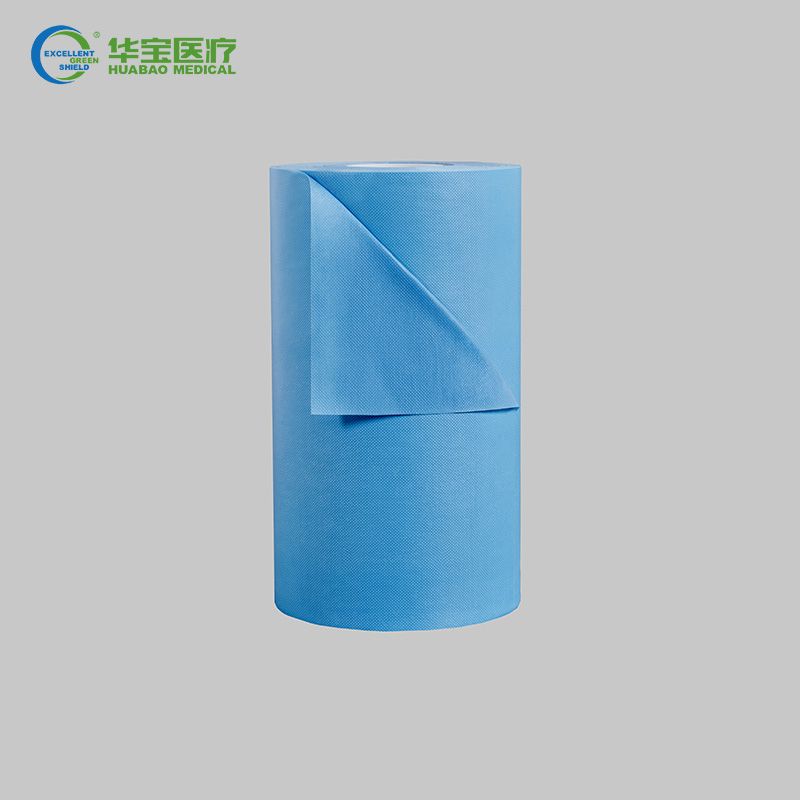
Medical and Healthcare: Surgical drapes, gowns, wound dressings, disposable bed linens, absorbent pads, and diapers.
Personal Care: Feminine hygiene products, baby diapers, adult incontinence products, wet wipes, and cosmetic pads.
Hygiene and Cleaning: Disposable cleaning cloths, mop heads, absorbent pads, and industrial wipes.
Apparel: Lining materials, interlining, and moisture-wicking fabrics for sportswear and activewear.
Packaging: Protective packaging materials, absorbent pads for food packaging, and moisture barrier layers in packaging films.
Additional reading:What are hospital drapes?
What are the 4 properties of protective clothing?
Why Use A Pregnancy Support Band? What You Need To Know
The Importance of Regular Laser Retinal Imaging
Hemo Clips vs. Traditional Surgical Techniques: Which is Superior?
Where to Find Quality Medical Stretchers for Sale?
Choosing the Best Medical Stretchers: Top Options for Sale
Manufacturing Process: The manufacturing process of hydrophilic non-woven fabric typically involves the following steps:
Material Selection: Synthetic fibers such as polypropylene, polyester, or viscose are commonly used to produce hydrophilic non-woven fabric.
Web Formation: The selected fibers are formed into a web using processes such as carding, airlaid, or spunbonding.
Hydrophilic Treatment: The non-woven web undergoes a hydrophilic treatment, which can involve chemical treatments, surface modifications, or the addition of hydrophilic agents.
Bonding: The fibers in the web are bonded together using methods such as thermal bonding, chemical bonding, or needle punching.
Finishing: The finished fabric may undergo additional finishing processes such as calendering, embossing, or coating to enhance its properties and performance.
Key Considerations When Choosing Hydrophilic Non-Woven Fabric:
Absorption Capacity: Consider the level of water absorption required for your specific application.
Skin Compatibility: Ensure that the fabric is gentle on the skin and suitable for use in medical and personal care products.
Strength and Durability: Assess the fabric's strength and durability to ensure it meets the requirements of your application.
Regulatory Compliance: Verify that the fabric complies with relevant industry standards and regulations, especially for medical and hygiene applications.
Cost and Availability: Consider the cost-effectiveness and availability of the fabric, balancing quality with affordability.
In conclusion, medical hydrophilic non-woven fabric offers excellent water absorption properties, softness, breathability, and versatility, making it suitable for a wide range of applications across various industries. Understanding its properties, uses, manufacturing process, and key considerations is essential for selecting the right fabric for your specific needs.
Crank vs. Electric Hospital Beds: Which Is Right for You?
Essential Guide to Cranks for Hospital Beds
Key Questions to Ask When Choosing a Hospital Crib
Choosing the Best Hospital Crib: 2024 Guide
10 Questions You Should Know About Instrument Medical Equipment
How to Choose Instrument Medical Equipment?
10 Questions You Should Know About Hospital Cribs for Infants


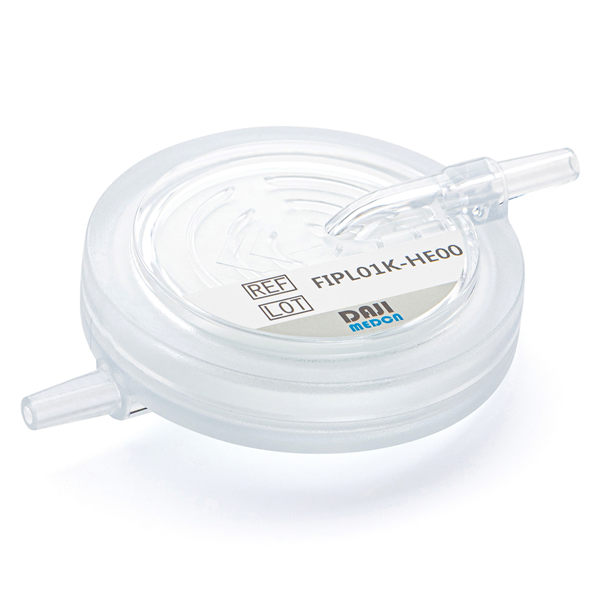
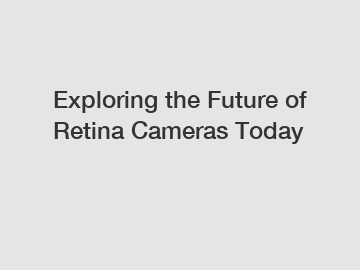
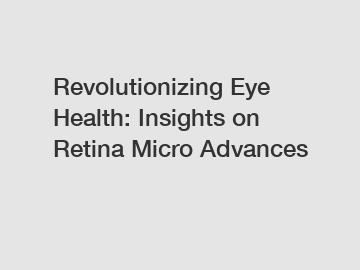


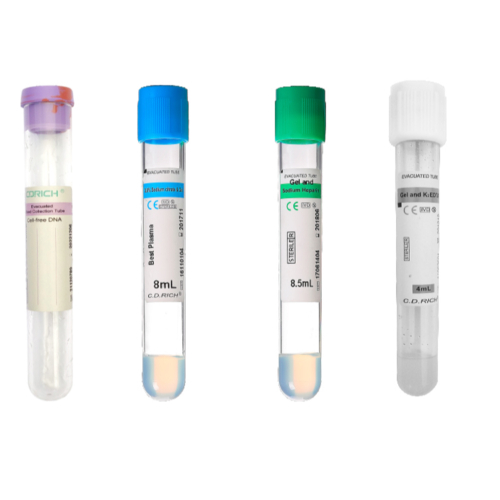


Comments
0